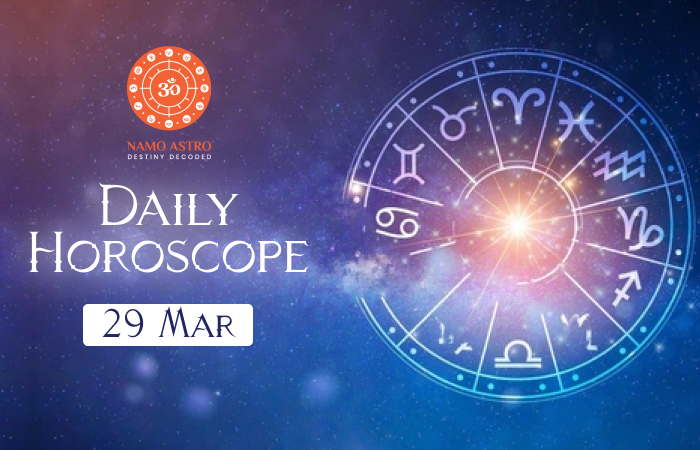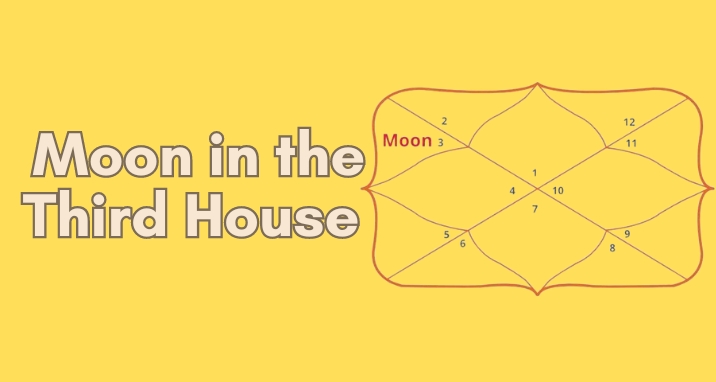Why is Shiva Worshipped in Linga Form?

Know everything, which is male, to be Ishana, and all that is female to be Uma; for this whole world, animate and inanimate, is pervaded by these two bodies. Shiva’s divine Linga is worshipped by the Gods, seers, Gandharvas, and Apsaras.’ (Chapter 7, section 20, Verse 22, Mahabharat)
Shiva is not a mere god; he is a thought, an idea, the epitome of consciousness, and an ideal for a being. Every aspect of him is fascinating. One of which is his being worshipped in the Linga form. We all have seen Shivling in the temples, and we all have worshipped him in that form. Let us tell you why we worship the Adi and Anant–Shiv in the Linga form.
Let’s start with the beginning itself. In Hindu texts, before creation begins, Brahma Dev and Shri Hari Vishnu argue over who is superior. Bhagwan Shiva appears as a small column of fire between them, extending upwards and downwards. A celestial voice declares that the wisest will find its end. Brahma rides his swan to the top, while Vishnu goes to the bottom. Vishnu discovers that the column has no end and admits defeat. Brahma falsely claims to have seen the tip and he is punished for lying.
The column of fire, symbolising the entire universe and divine knowledge, is revered as the Shiva Linga. It embodies divine cosmic energy. Let us tell you about the Shiv Linga.
Shiva Lingam is the Form of Formlessness
The Linga symbol in Hinduism represents the formless Supreme Being, known as Brahman. When a Linga is placed on a Yoni, it symbolises the union of Shiva and Shakti, signifying the beginning of creation. Typically, it is located at the centre of a temple, often resting within a circular base called a yoni.
The word “Linga” means a symbol or sign in Sanskrit. The earliest mention of “linga” in connection with Shiva appears in the Shvetasvatara Upanishad, which states that Bhagwan Shiva, the Supreme Being, does not have a defined form or symbol. Essentially, Brahman, being formless, cannot be represented by any specific symbol.
Since Brahman is beyond human comprehension and cannot be directly worshipped, individuals in the Hindu tradition are encouraged to conceive of the Supreme Being in a way that is personally meaningful to them. The Linga, as a representation of the infinite, is considered one of the most suitable forms for worshipping the Supreme Being.
Shiva Linga Represents the Infinite Form
According to various Puranas, such as the Brahmanda Purana and the Linga Purana, there is a story that describes how the Supreme Being appeared before Bhagwan Brahma and Bhagwan Vishnu in the form of a “pillar of fire” that had no beginning or end. This account is one of many symbols attributed to Brahman, the Supreme. Therefore, the Linga form of Shiva also represents this column of radiant light. The sage Sūta recounted this narrative when questioned by other sages about the origin of the Linga.
kathaṃ liṃgamabhūlliṃge samabhyarcyaḥ sa śaṃkaraḥ
kiṃ liṃgaṃ kastathā liṃgī sūta vaktumihārhasi [LP – 17.2]
Meaning: How can there be the linga of God who is alingi (without linga)? How is the linga of Shankara worshipped? What is linga and what is lingi? O Suta, please tell us these.
Then Sūta goes on to narrate how Brahma Dev had earlier answered the same questions to the gods. The linga form of Shiva had appeared before the beginning of creation, at the time when Vishnu and Brahma were engaged in arguments over who was superior:
etasminnantare liṃgamabhavaccāvayoḥ puraḥ
vivādaśamanārthaṃ hi prabodhārthaṃ ca bhāsvaram
jvālāmālāsahasrāḍhyaṃ kālānalaśatopamam
kṣayavṛddhivinirmuktamādimadhyāṃtavarjitam [LP – 17.33,34]
Meaning: Then after that, a bright linga appeared between both of us to counsel our arguments. That linga was surrounded by thousands of flames and was hot like the fire of death. Without any beginning or end, that was free from decay and growth.
Representation of Shakti and Shiv
The bond between Shiva and Shakti is inseparable, and the linga form symbolises it. The connection between Uma and Maheswara is similar to that of a word and its meaning. Uma is the word and Shiv is the meaning of it.
The base of the lingam represents Goddess Uma, while the lingam itself symbolises Maheswara.
This illustrates that Nirguna Shiva becomes apparent as the foundation of Shakti. Therefore, Bhagwan Shiva is primarily revered in the Linga form because it uniquely embodies the inseparable connection of Shiva-Shakti, signifies the manifestation of the formless in tangible form, and is synonymous with the universe, symbolising infinity as well. Consequently, worshipping Bhagwan Shiva in the Linga form is deemed most appropriate.
So, next time you visit the Shiv Linga, keep this divinity and the significance it bears in mind. And try to connect with that divinity and epitome of consciousness.
If you are looking for astrological and spiritual guidance, consult our experienced and learned astrologers and pandits at NamoAstro.









